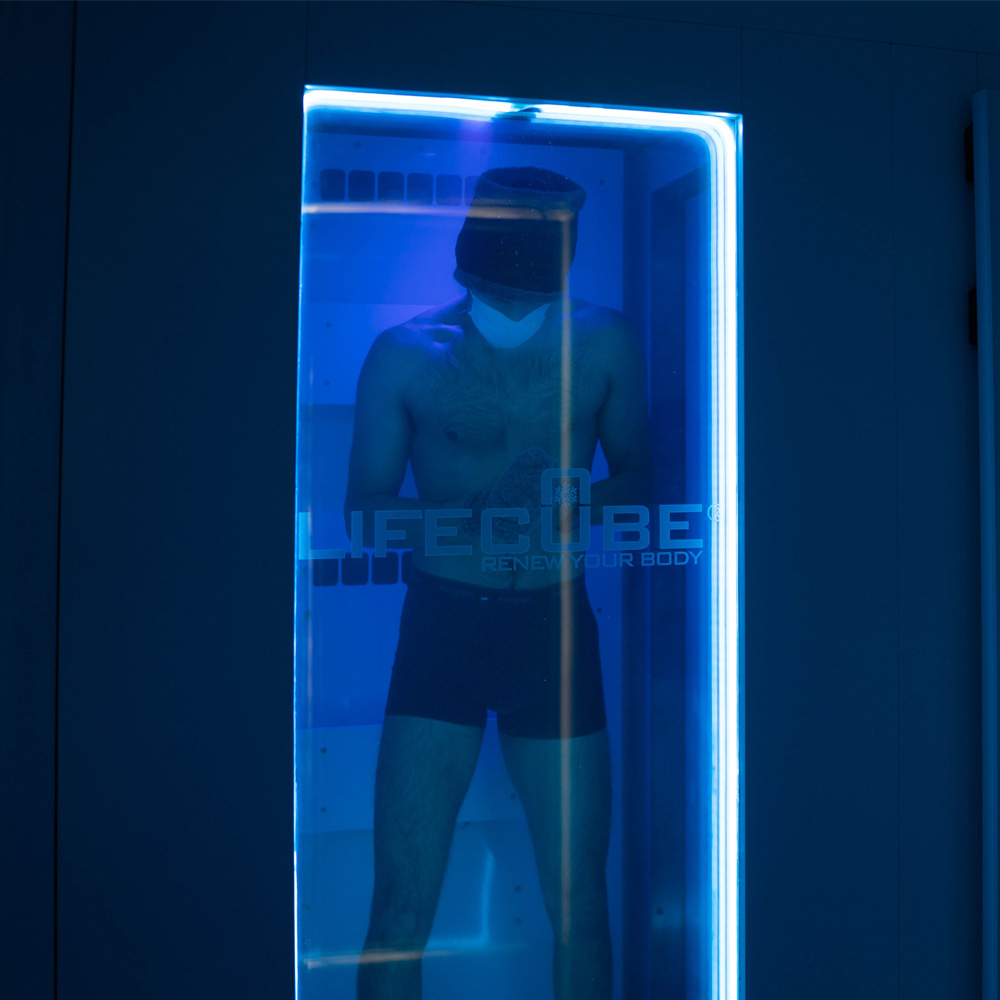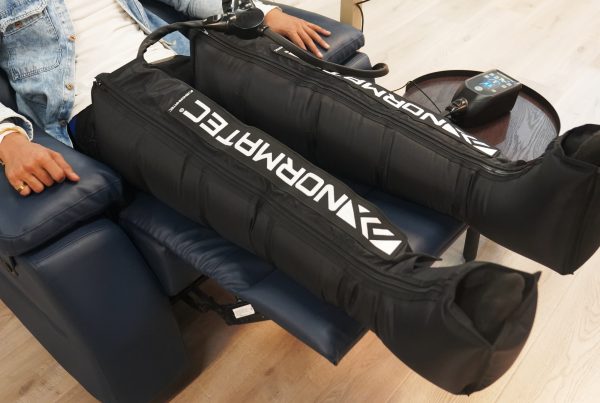Athletes and health enthusiasts are constantly looking for new ways to improve their recovery and overall well-being in their pursuit of maximum health and top performance. Ice baths and cryotherapy are two popular methods that have received a lot of attention in recent years. Both procedures entail exposing the body to extremely cold temperatures, but their approaches and applications differ. In this article, we will look at the benefits, drawbacks, scientific features, and practical concerns of both ice baths and Whole Body Cryotherapy to help you make an informed decision about which treatment is best for your body.
The Benefits and Disadvantages of Ice Baths
Advantages:
- Reduces Inflammation: One of the key advantages of taking an ice bath is that it reduces inflammation. Cold temperatures constrict blood vessels, which can help reduce swelling and inflammation in aching muscles.
- Ice baths are well-known for their analgesic properties. They are popular among athletes because they can help relieve muscle tightness, joint pain, and discomfort.
- Ice baths are relatively inexpensive to put up and do not require expensive equipment. They can be performed using a basic tub filled with cold water and ice, making them accessible to many people.
Disadvantages:
- Numbness and pain can occur as a result of prolonged exposure to ice water. Many people find it difficult to bear the bitter cold for a lengthy amount of time.
- Hypothermia Risk: If not adequately monitored, ice baths can cause hypothermia, particularly if the water temperature is extremely cold or the session lasts too long.
- Individuals with specific medical problems, such as Raynaud’s illness or cold-induced urticaria, should avoid ice baths since they can aggravate their symptoms.
Cryotherapy is a Type of Modern Cold Therapy
Cryotherapy is a novel technique for cold therapy that involves exposing the body to extremely low temperatures (usually -110 to -160 degrees Celsius) for a short period (about 2 to 4 minutes). Cryotherapy can be administered by whole-body cryotherapy (WBC) chambers or through localized cryotherapy, which targets specific body areas.
The Benefits of Cryotherapy:
- Cryotherapy treatments are far shorter than ice baths, making it a time-efficient solution for individuals with hectic schedules.
- Improved Circulation: Upon exiting the cryotherapy chamber, the body quickly heats up, causing vasodilation and enhanced blood flow, resulting in improved circulation.
- Potential Performance Enhancement: Following cryotherapy, some athletes report feeling more energized and enjoying increased physical performance.
The scientific community is very interested in studying the effects of ice baths and cryotherapy on the body. While some research confirms the benefits of these cold therapies, others highlight potential downsides.
Ice Bath Research:
According to a 2016 study published in the Journal of Physiology, ice baths may be useful in lowering inflammation and muscle pain after strenuous exercise. However, it was also said that ice baths may interfere with muscle adaptation and decrease long-term improvements in strength and performance.
Another study published in the Journal of Sports Science & Medicine revealed that while ice baths can reduce acute inflammation, they may not have a meaningful influence on muscle damage markers or functional recovery.
Cryotherapy Research:
According to a study published in the European Journal of Applied Physiology, whole-body cryotherapy can reduce muscle pain and promote muscle recovery in well-trained athletes.
Similarly, a review published in the International Journal of Environmental Research and Public Health in 2020 backed up cryotherapy’s good benefits on recovery, indicating that treatment can reduce inflammation and improve overall physical performance.
Aspects of Use: Ice Bath vs. Cryotherapy
Individual tastes, price, and accessibility can all influence the practical aspects of deciding between ice baths and cryotherapy.
Factors to Consider When Taking an Ice Bath:
- It is necessary to have a large tub or container filled with cold water and ice.
- This can be done at home, albeit it may not be as effective as commercial cryotherapy chambers at achieving extremely low temperatures.
Cryotherapy Practical Considerations:
- Typically performed by qualified personnel in dedicated cryotherapy facilities.
- Allows for precise temperature control in a temperature-controlled environment.
- For those who want shorter exposure times and more comfort.
The answer to the ice bath vs. cryotherapy issue is not simple because both approaches have advantages and cons. Ice baths are a tried-and-true method for reducing inflammation and relieving pain. They may, however, interfere with the body’s natural healing process and may be less time-efficient than cryotherapy.
Cryotherapy, on the other hand, provides rapid exposure to intense cold, promoting improved circulation and potential performance enhancement. However, it can be expensive and may not be appropriate for everyone, particularly those with severe medical issues.
Individual preferences, needs, and consultation with healthcare professionals should ultimately guide the decision between ice baths and cryotherapy. To maximize the good influence on your body’s recovery and overall well-being, utilize cold treatment carefully and be aware of its possible benefits and risks, regardless of the method selected.
To find out about Cryotherapy Cost in India Book Your Appointment at The Wellness Co. and explore more of Whole Body Cryotherapy!




